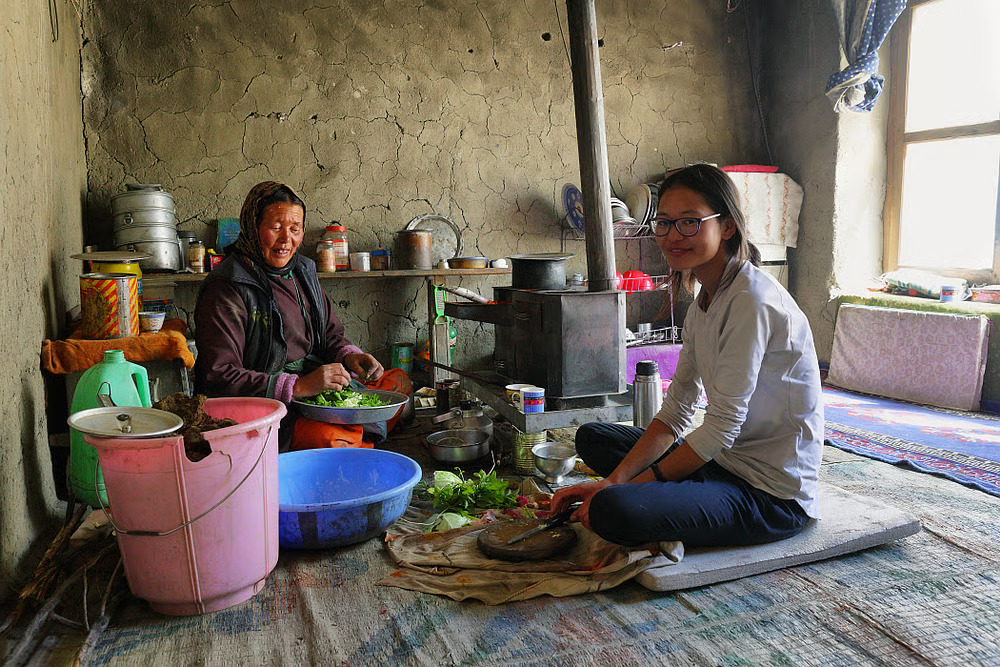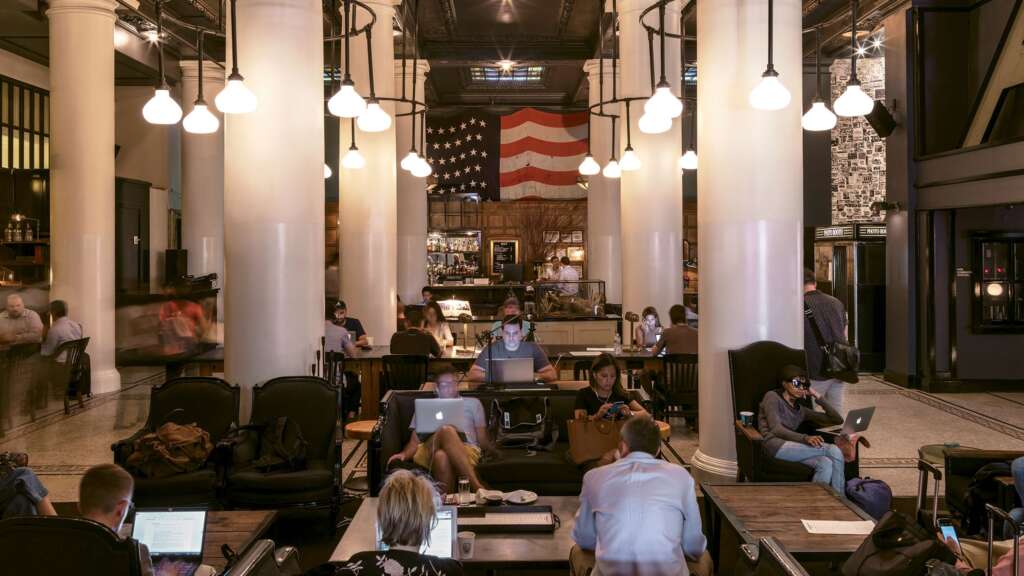Share This Article
Hospitality design is undergoing a quiet and major revolution.
It is no longer just appreciated for grand entrances, soothing scents, or crisp linens. Designers are now exploring how hospitality spaces can extend beyond impressing guests.
This new direction questions: What if hosting is not just about service but also stewardship? Can a cafe also be a classroom? Is it possible for a hostel to also be a home for ideas?
Somewhere amid social design and spatial storytelling, a new breed of hospitality spaces is emerging. One engaging communities and not just accommodating travellers.
As society finds more and more value in shared experience over private luxury, hospitality design must also evolve to reflect the same.
The Rise of Community-Focused Hospitality
Hospitality design has conventionally focused on providing seamless experiences aimed at satisfying guests. While such values still matter, designers now also have to consider layers such as inclusivity, cultural relevance, and social impact.
The outcome of this? A shift from isolated, inward-facing facilities to open, integrated environments.
Hospitality space planning becomes a powerful and impactful tool, where circulation patterns encourage engagement, boundaries blur between private and public, and programs are deliberately overlapped.
These spaces are designed to adapt; responding not only to guests but also to surrounding communities. The planning moves away from rigid and predictable layouts and explores dynamic transitions, informal meeting points, and multifunctional hubs.

New Typologies of Greeting
Here are four ways architects are reimagining what it means to host and welcome:
Hostels as Community Kitchens
No longer just offering a bed for the night, many hostels are now also doubling as community kitchens. These kitchens become nodes for cultural exchange. Travellers witness and get to learn regional culinary recipes and residents access free or low-cost meals.
Progressive architects are now creating projects that demonstrate how thoughtful planning can create genuine community assets while also maintaining profitable hospitality operations.
The most appropriate examples feature dedicated community entrances that bypass guest accommodations areas entirely. It is achieved through strategic site planning and vertical programming that separates functions while maintaining visual and operational connections.
In modern hospitality interiors, design helps create inclusion. By allowing spatial overlaps without compromising privacy, architects shape areas where spontaneous interaction and shared learning take place.
Also Read: How to ‘Build In Public’ as an Architecture Professional?
Cafes as Cultural Hubs
Cafes are increasingly being designed and revamped with performance stages, gallery installations, and even coffee raves. The goal is now beyond serving lattes but also building dialogues.
Successful projects incorporate modular arrangements that support rapid permutations. This doesn’t include only adaptable furniture systems integrated into the architectural design but also partitions, lighting, etc.
Architects are being intentional about layering functions: a wall might be a menu board by day and an exhibition surface by night. Such design details encourage continual reimagination of the space. These cafes often become microcosms of the neighbourhood, reflecting its rhythms, debates, and tastes.

Pop-Up Stays Supporting Local Crafts
From boutique homestays to design festivals, pop-up hospitality experiences are now showcasing and supporting regional craftsmanship. Such projects often require rapid employment, local material integration, and spaces that function simultaneously as accommodation, workshop, and retail environments.
These are more than aesthetic gestures, they embed the values of sustainability, collaboration, and place-making. These spaces offer a quiet canvas for the crafts to speak.
Hybrid Hospitality Spaces
Boundaries are blurring. A hotel lobby has also become a coworking zone. Guest homes transform into wellness retreats for locals on weekends.
Such unexpected spontaneity demands a new kind of minimalist hotel design intelligence; one that embraces uncertainty.
Designers are creating floor plans that anticipate multiple and varied uses, furniture that transforms without effort, and lighting that adapts to different moods. These hybrid spaces are not just tackling changing needs, they are shaping new behaviours and rituals.

What Architects Are Designing For
Architects aren’t just designing rooms, lobbies, planning services areas, etc.; they are designing to deliver authenticity and connections. These relationships demand:
- Porous Boundaries: Open layouts that are inviting
- Programmatic Overlaps: Spaces that serve more than one function
- Local Context: Materials, crafts, and cultural narratives rooted in place
- Temporal Flexibility: Spaces that shift purpose from day to night, season to season
- Emotional Durability: Designing for meaning and memory
As hospitality expands into the realm of placemaking, the role of architects becomes part designer, part mediator.
They must navigate between diverse needs, from investors to locals, guests to staff, and translate these into coherent spatial language. This mediation isn’t just practical, it’s deeply creative, and requires empathy, foresight, and restraint.
Every challenge is also an opportunity. How can a facade signal an invitation? Can profit models include pay-it-forward systems? Can a guestbook also include stories from residents?
The Future of Hosting Is Shared
Hospitality as we see today is more than its namesake. It means hosting ideas, differences, and belonging.
In the coming years, we can expect:
- Increased adaptive reuse of underutilized buildings into mixed-community lodgings
- Greater investment in hyperlocal design narratives
- Emergence of designers specializing in weaving community programming into hospitality briefs
This evolution will also encourage cross-disciplinary collaboration between architects, sociologists, artists, and local entrepreneurs.
The next era of hospitality won’t be defined by star ratings or luxury tags. It will be shaped by how well a space listens, how openly it invites, and how deeply it connects.

